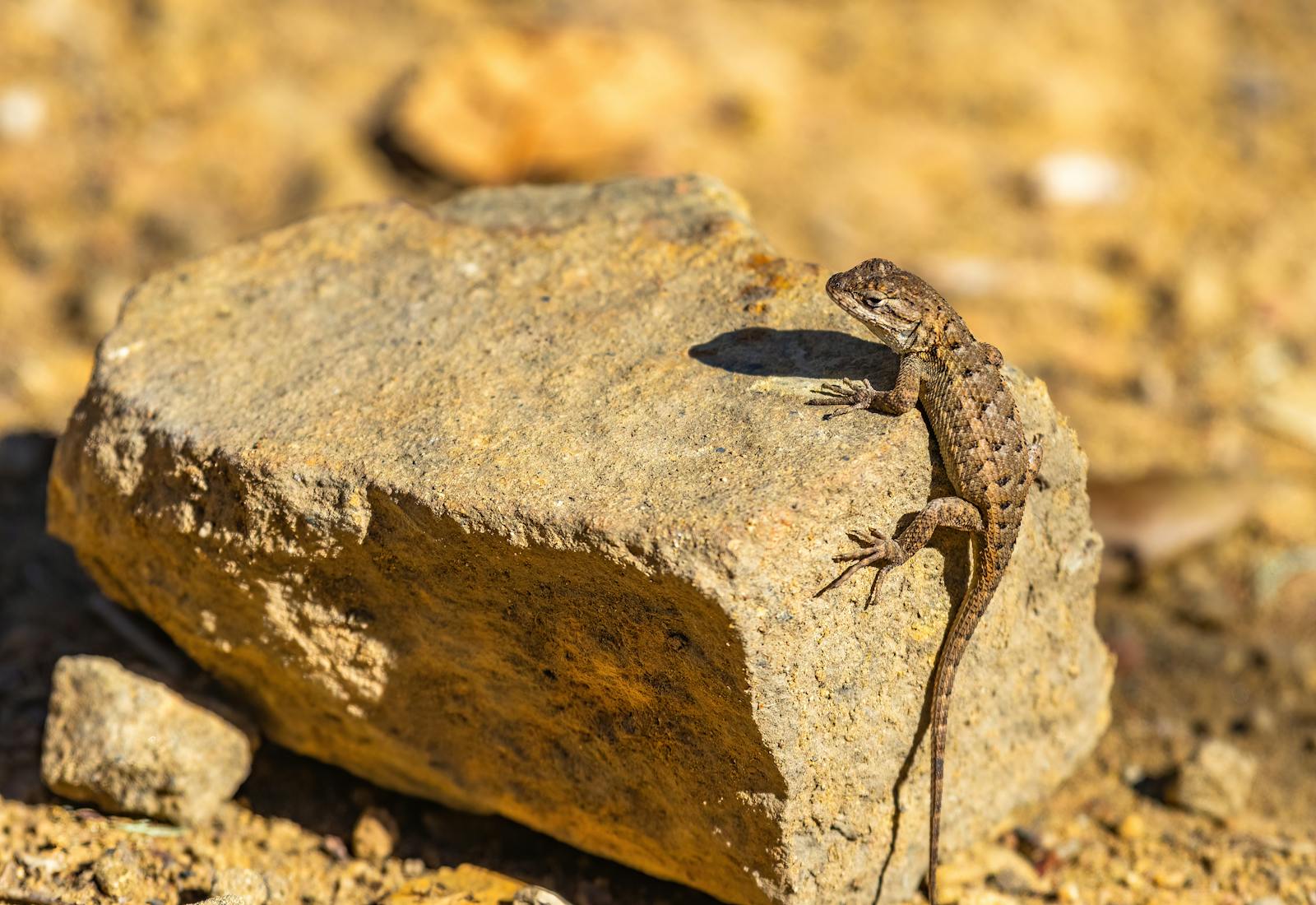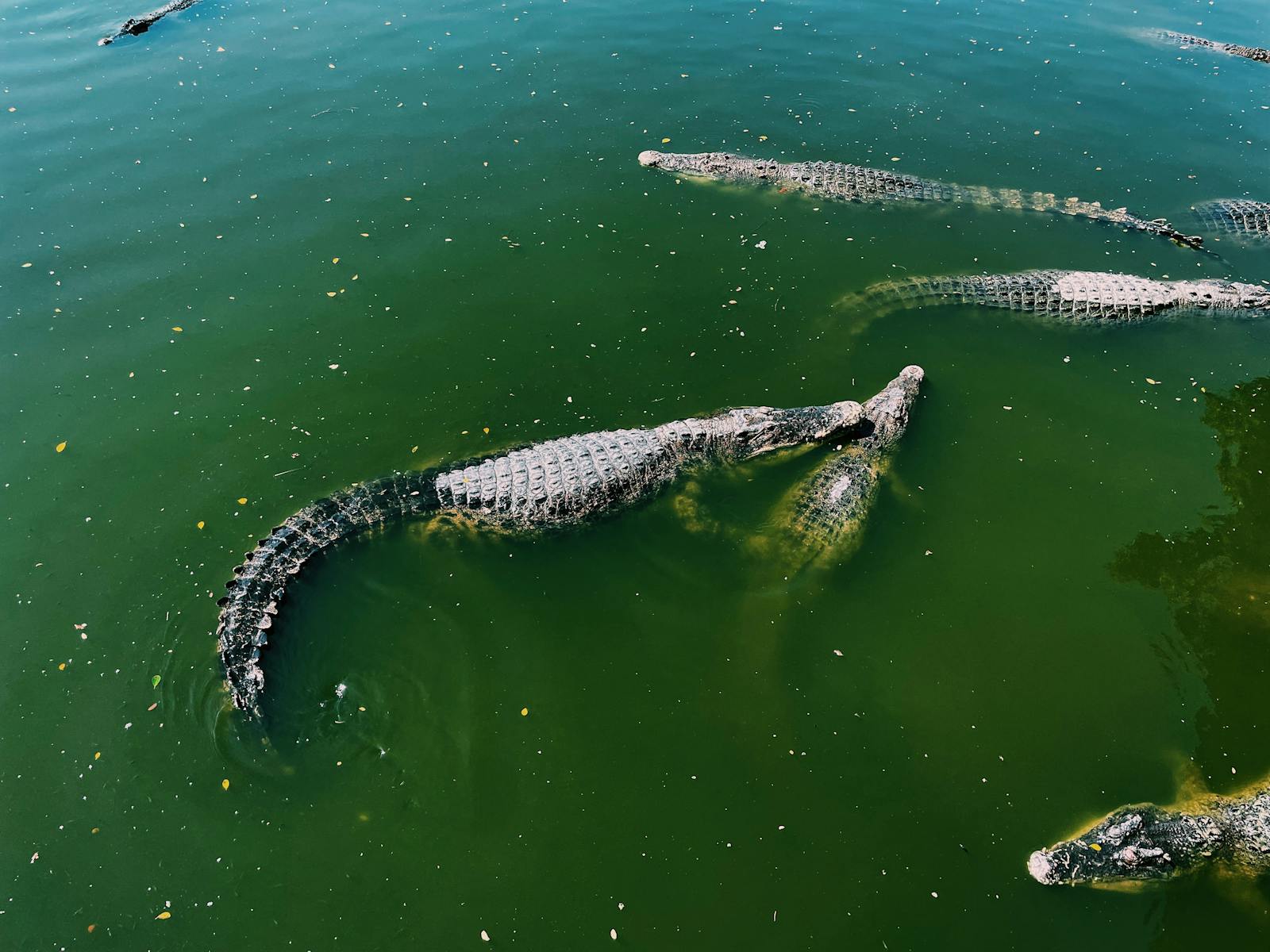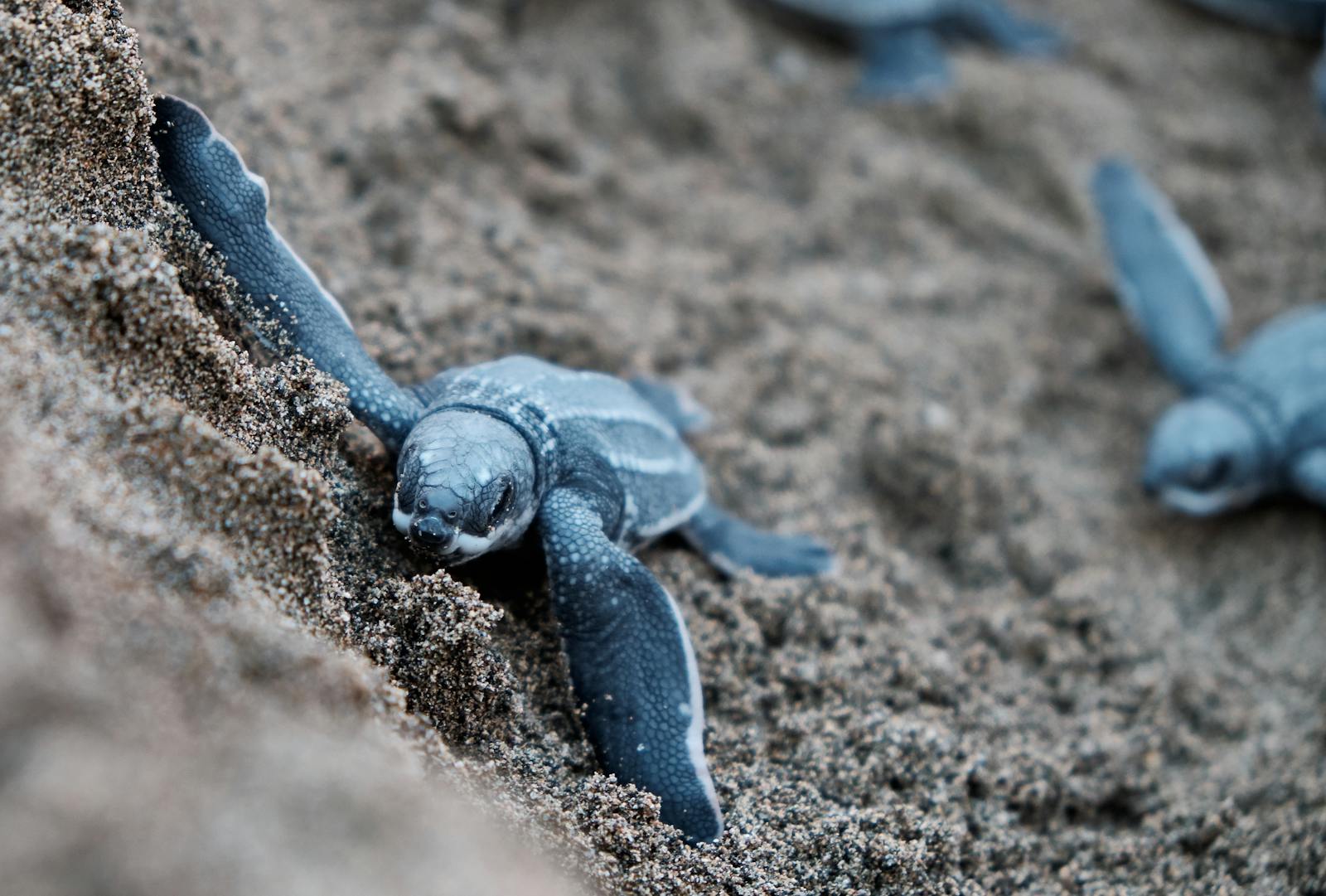The world’s deserts, once the epitome of extreme heat adaptation, have become increasingly challenging environments even for their most well-adapted inhabitants. Desert reptiles—lizards, snakes, and tortoises that have evolved over millions of years to thrive in arid conditions—now face unprecedented challenges as global temperatures continue to rise. These cold-blooded creatures, whose survival has historically depended on their remarkable ability to navigate temperature fluctuations, find themselves pushed to physiological limits that even evolutionary adaptations cannot overcome quickly enough. As climate change accelerates, the delicate balance these animals have maintained with their harsh environments is being disrupted, threatening species that have been desert survivors for millennia. Their struggle represents one of the most visible and concerning examples of climate change’s impact on specialized wildlife, highlighting the vulnerability of even the most resilient creatures to rapid environmental shifts.
The Evolutionary Marvel of Desert Reptiles

Desert reptiles represent one of evolution’s most impressive achievements, having developed specialized adaptations that allow survival in environments where temperatures regularly exceed 100°F (38°C) during the day and can drop dramatically at night. Their ectothermic physiology—relying on external heat sources to regulate body temperature—has historically been advantageous in desert environments, allowing them to conserve energy in places where food and water are scarce.
Species like the desert iguana can tolerate body temperatures up to 115°F (46°C), higher than any other reptile, while others have developed specialized scales that reduce water loss through their skin. Behavioral adaptations complement these physiological traits, with many species becoming nocturnal or crepuscular to avoid the hottest parts of the day, or developing burrowing behaviors that provide access to cooler underground temperatures. These evolutionary innovations have allowed reptiles to not just survive but thrive in desert ecosystems for millions of years—until now.
The Critical Thermal Maximum: When Adaptation Meets Its Limit
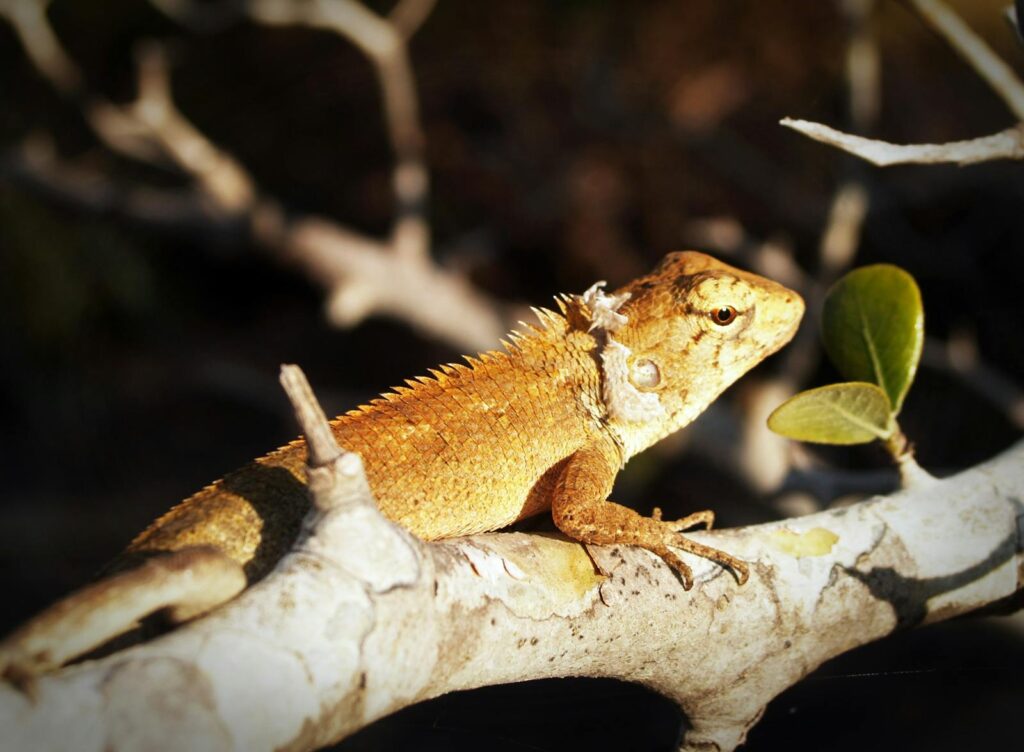
Every reptile species has what scientists call a “critical thermal maximum” (CTMax)—the upper temperature threshold beyond which basic physiological functions begin to fail, leading to death if exposure continues. Desert species typically have higher CTMax values than their counterparts in more temperate regions, but these limits are not infinitely flexible. Research has shown that many desert lizards are already living remarkably close to their CTMax, with safety margins of just a few degrees between their preferred operating temperatures and lethal overheating.
The Mojave fringe-toed lizard, for example, has a CTMax of approximately 116°F (46.6°C), but ground temperatures in its habitat now regularly exceed 140°F (60°C) during summer afternoons. These narrow thermal safety margins leave little room for adaptation to the additional warming projected in the coming decades. Unlike mammals or birds that can sweat or pant effectively, reptiles have limited physiological mechanisms to cool themselves once environmental temperatures exceed their tolerance.
Behavioral Thermoregulation Under Pressure
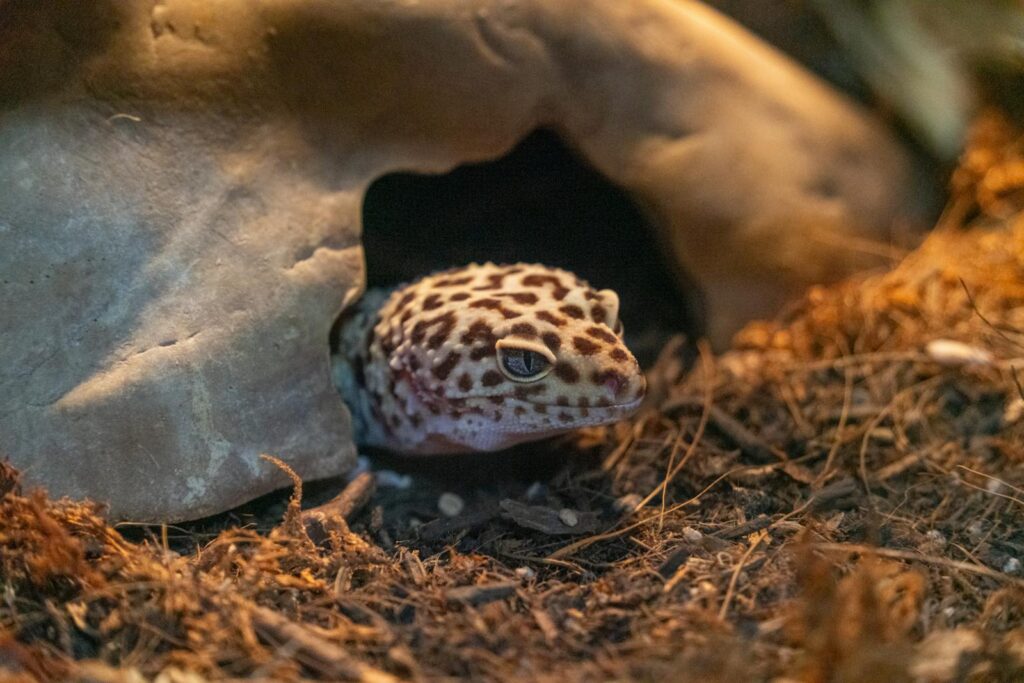
Desert reptiles have historically managed extreme temperatures through sophisticated behavioral thermoregulation—moving between sun and shade, adjusting body posture, or retreating to burrows to maintain optimal body temperature. However, climate change is dramatically reducing the effectiveness of these behaviors by shrinking the “thermal window” during which outdoor activity is possible. In the Sonoran Desert, researchers have documented horned lizards spending increasingly less time foraging as midday temperatures become lethal, effectively shortening their feeding day by several hours compared to a few decades ago.
This forced reduction in activity time creates a cascading effect: less foraging time means reduced energy intake, which in turn impacts growth, reproduction, and ultimately population sustainability. Some species have attempted to shift their active periods to earlier morning or later evening hours, but these times may not align with peak prey availability or may expose them to different predator pressures. The mounting evidence suggests that behavioral adaptations alone may be insufficient to compensate for rapidly rising temperatures.
The Reproduction Crisis
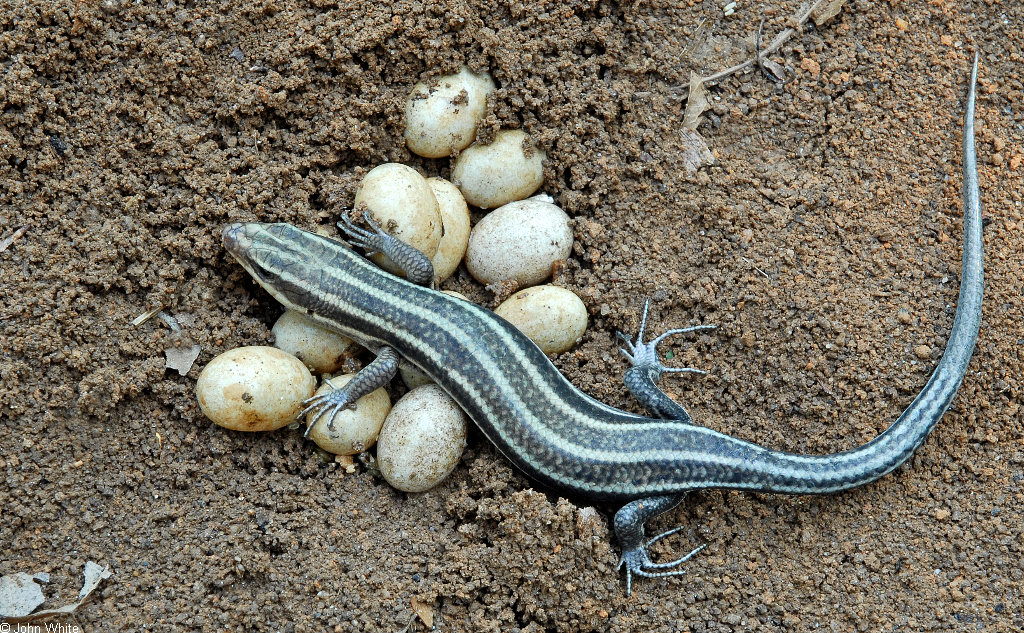
Rising temperatures pose particularly severe challenges to reptile reproduction, potentially creating demographic time bombs for many desert species. Unlike mammals, many reptiles have temperature-dependent sex determination, where the temperature at which eggs develop determines whether offspring will be male or female. In species like the desert tortoise, warmer incubation temperatures typically produce more females, while cooler temperatures produce more males. As nest temperatures rise due to climate change, population sex ratios can become severely skewed, potentially leading to reproductive failure due to mate scarcity.
Beyond sex determination, extreme heat can directly reduce egg viability or cause developmental abnormalities in embryos. Female reptiles face additional challenges as the energy costs of reproduction increase under thermal stress, with some desert lizard species now showing reduced clutch sizes or skipping breeding seasons entirely during particularly hot years. The compounding effects on reproduction represent perhaps the most insidious threat to long-term population viability.
The Shrinking Safe Zones

Climate change is not only making desert environments hotter but is also reducing the availability of thermal refuges—those microhabitats where temperatures remain within tolerable ranges even during extreme heat events. Shade-providing vegetation is becoming more stressed and less abundant in many desert regions due to prolonged droughts, eliminating crucial cooling spots for many reptile species. Bush muhly grass clumps, vital thermal refuges for species like the desert spiny lizard, have declined by over 60% in some Southwestern U.S. desert regions over the past three decades. Deep soil burrows, historically reliable thermal buffers, are becoming less effective as ground temperatures penetrate deeper during extended heat waves. Researchers have documented disturbing cases where even burrowing species like the desert tortoise have been found dead at the bottom of their burrows during extreme heat events, suggesting that these traditional safe zones no longer provide adequate protection. The rapid pace of environmental change gives little time for new refugia to develop or for reptile populations to locate and adapt to them.
Water Scarcity Compounds Heat Stress

While desert reptiles are masters of water conservation, the combination of increased heat and decreased precipitation is creating hydration challenges beyond their evolutionary adaptations. Even the most water-efficient species require some moisture intake, whether directly through drinking or indirectly through consuming prey with high water content. Extended droughts linked to climate change have reduced seasonal water sources and decreased the water content of prey items, forcing reptiles to travel farther in search of hydration—often during dangerously hot conditions. The desert tortoise, despite its remarkable water conservation abilities, depends on seasonal rainfall to replenish its fluid reserves and support the growth of its plant food sources. Recent research has shown that dehydration significantly lowers heat tolerance in many lizard species, creating a dangerous feedback loop where water scarcity makes reptiles more vulnerable to heat stress, which in turn increases their water requirements. This compounding effect may explain why mass mortality events in desert reptiles often coincide with periods that combine both extreme heat and drought.
Invasive Competitors Gain Advantage
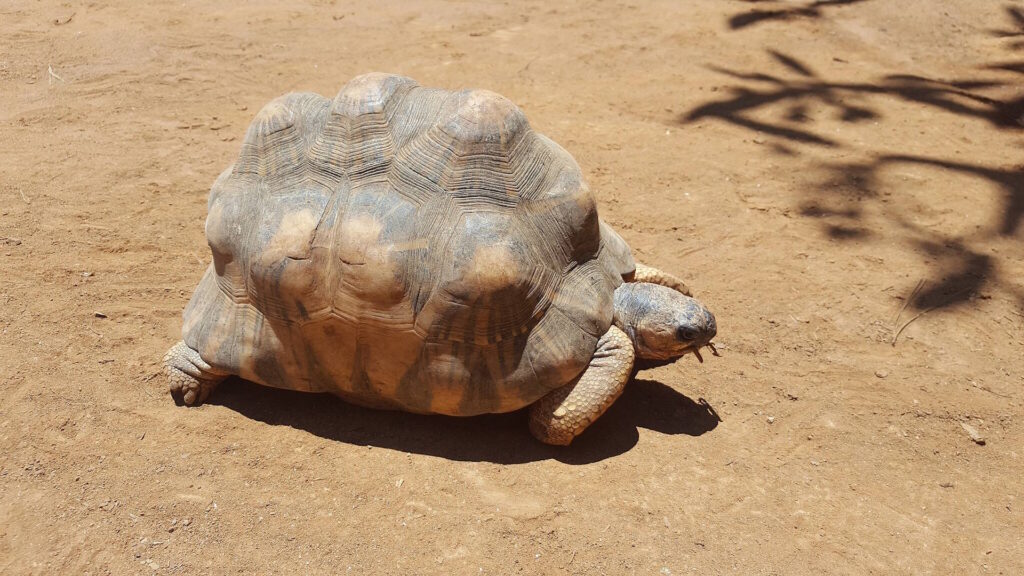
Climate change is altering competitive dynamics in desert ecosystems, sometimes giving invasive species advantages over native reptiles struggling with thermal stress. In the American Southwest, invasive Mediterranean house geckos have shown greater thermal tolerance than some native desert lizard species, allowing them to remain active during temperature extremes that force native species to seek shelter. This extended activity period gives invasive species more time to forage, potentially outcompeting natives for limited food resources. Similarly, some invasive plants better adapted to higher temperatures and CO₂ levels are displacing native desert vegetation that provides essential habitat structure for native reptiles. The invasive buffelgrass in the Sonoran Desert, for instance, creates denser ground cover that alters the thermal landscape, eliminating the mosaic of sun and shade patches that native lizards depend on for thermoregulation. This ecological reshuffling adds another layer of challenge for desert reptiles already struggling with direct physiological stress from higher temperatures.
Accelerated Fire Cycles Destroy Habitat
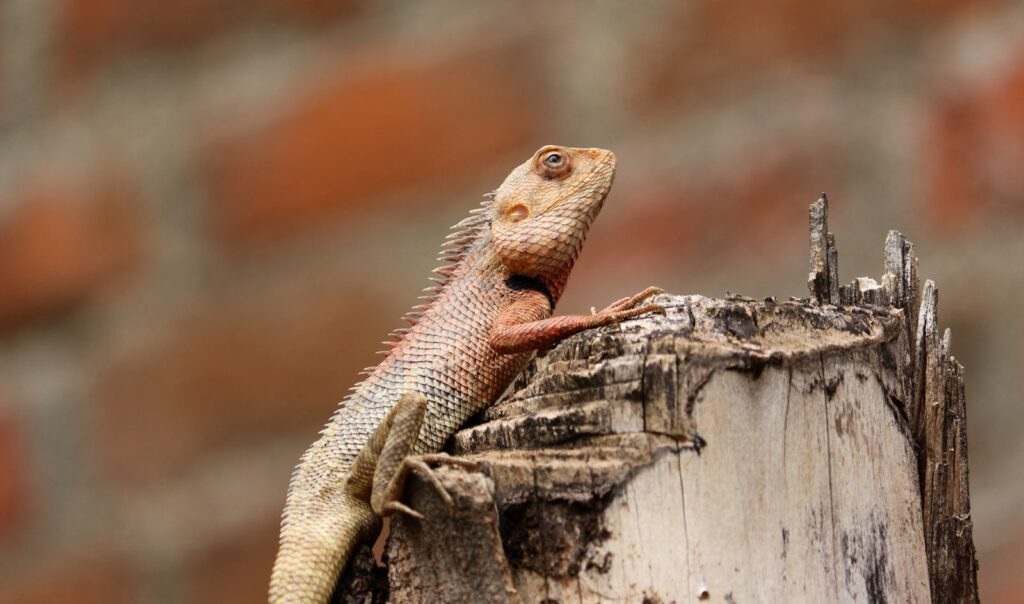
Climate change has intensified fire regimes in many desert ecosystems, creating a new threat for reptile populations unaccustomed to frequent burns. Historically, deserts rarely accumulated enough continuous vegetation to support large-scale fires, but invasive grasses and altered precipitation patterns have changed this dynamic. The Mojave Desert has experienced unprecedented wildfires in recent decades, with some areas burning multiple times when they had no historical fire record at all. These fires are particularly devastating for slow-moving reptiles like the desert tortoise, which cannot escape advancing flames and suffer high mortality during burn events. Even for survivors, post-fire landscapes offer little food or shelter, exposing reptiles to higher predation risks and extreme temperatures without protective vegetation. The slow recovery rate of desert vegetation—with iconic species like Joshua trees and saguaro cacti taking decades or centuries to regrow—means that habitat destruction from fires represents a near-permanent loss on human timescales. Multiple studies have documented reptile population collapses in desert areas following unusually intense or frequent fire events.
Island Effect and Limited Migration Options

Many desert reptile populations effectively exist on “thermal islands”—habitat patches surrounded by areas too hot or otherwise unsuitable for survival—with climate change steadily shrinking these habitable zones. Unlike more mobile animals, reptiles typically have limited dispersal abilities, with most species having home ranges measured in acres rather than miles. The fragmented nature of remaining suitable habitat, often separated by human development or inhospitable terrain, further complicates migration to cooler areas. Species like the Gila monster, with its specialized habitat requirements and slow movement, may be unable to track shifting climate zones quickly enough to maintain viable populations. Elevation gradients theoretically offer potential refuge, with higher elevations providing cooler temperatures, but many desert reptiles are specifically adapted to lowland conditions and face different competitive pressures at higher elevations. Statistical modeling suggests that up to 40% of desert reptile species may lack viable migration pathways to track their suitable climate niche as temperatures continue to rise.
The Genetic Adaptation Race Against Time
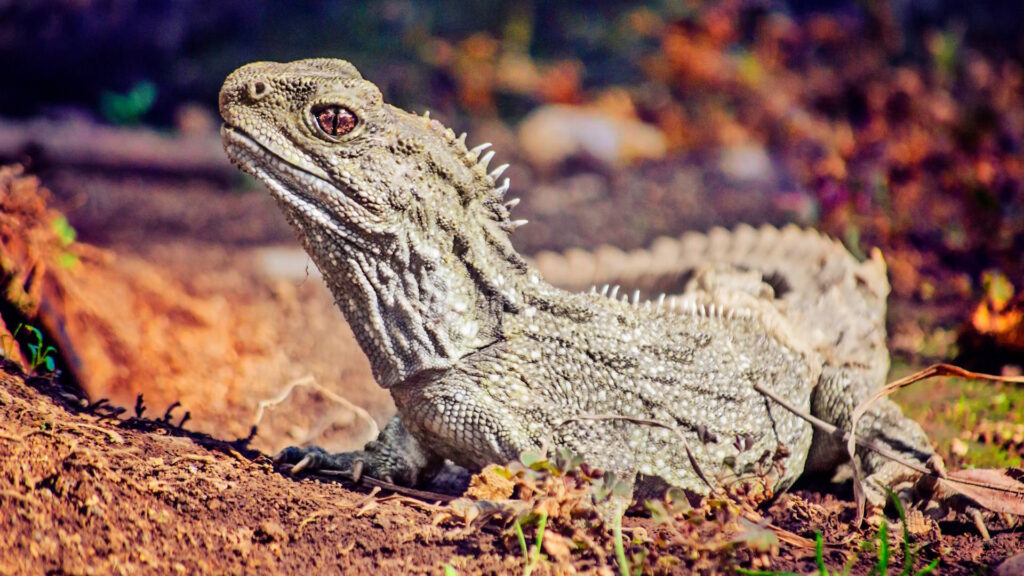
While evolutionary adaptation has allowed desert reptiles to thrive in extreme environments over millennia, the current pace of climate change may be too rapid for genetic adaptations to keep pace. Evolutionary responses require genetic variation within populations and sufficient time for advantageous traits to become widespread through natural selection. Most reptiles have relatively long generation times compared to insects or microorganisms, limiting the speed of potential adaptive responses. The desert tortoise, with a generation time of 20-30 years, may experience dozens of progressively hotter years before even a single generation can show meaningful evolutionary adaptation to new thermal regimes. Genetic studies on fence lizards and side-blotched lizards have shown some capacity for thermal adaptation across generations, but the rate of change appears insufficient relative to projected warming. Additionally, populations already struggling with reduced numbers due to other threats have decreased genetic diversity, further limiting their adaptive potential in the face of climate challenges.
Conservation Challenges and Intervention Strategies
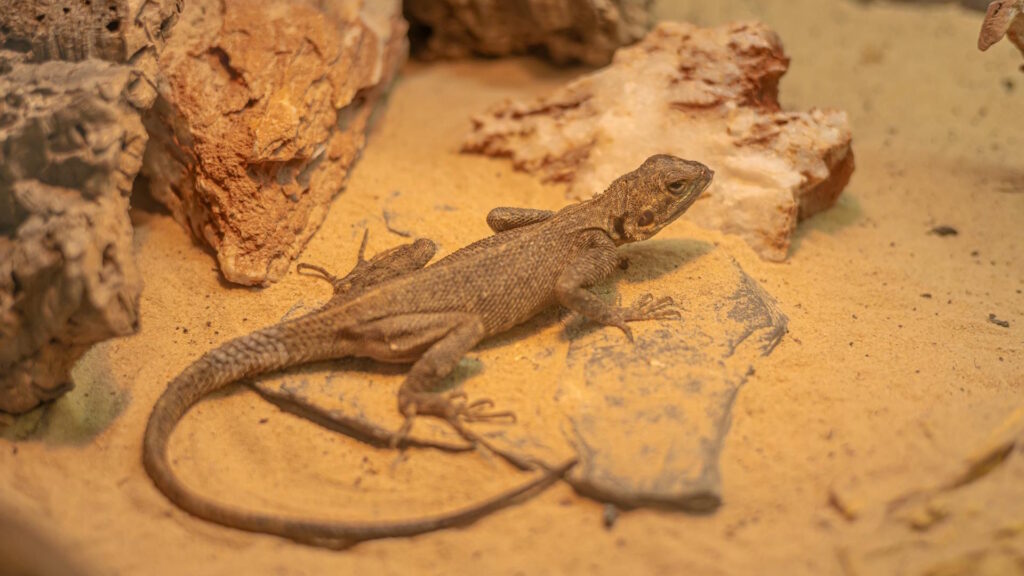
Conserving desert reptiles in an increasingly hot world presents unique challenges that require innovative approaches beyond traditional protection measures. Creating and maintaining habitat corridors that facilitate movement between thermal refuges has become crucial, with some conservation initiatives now specifically designing these corridors to include shade structures and water sources. Assisted migration—relocating populations to areas predicted to remain within their thermal tolerance as their current habitat becomes unsuitable—remains controversial but is increasingly considered for particularly vulnerable species like the desert tortoise. Ex-situ conservation approaches, including captive breeding programs for the most threatened species, provide insurance populations but cannot preserve the ecological functions these animals perform in their native ecosystems. Some researchers are exploring more interventionist approaches, such as selective breeding for heat tolerance or the creation of artificial microhabitats like engineered shade structures or artificial burrows that can maintain suitable temperatures even during extreme heat events. Each of these approaches comes with significant ethical and practical considerations, highlighting the complexity of wildlife conservation in the climate change era.
Ecological Ripple Effects of Reptile Decline
The decline of desert reptiles extends far beyond the fate of individual species, potentially triggering cascading effects throughout desert ecosystems. As important mesopredators, many lizard species help control insect populations, with research suggesting that the loss of insectivorous lizards can lead to outbreaks of pest species that damage both wild and agricultural plants. Desert tortoises act as ecosystem engineers, with their burrows providing shelter for more than 350 other desert species and their grazing and seed dispersal activities influencing plant community composition. The Gila monster and other venomous reptiles have provided crucial compounds for medical research, including the diabetes drug Byetta, which was developed from Gila monster venom. Native reptiles also play important roles in nutrient cycling in nutrient-poor desert environments, converting the energy from consumed prey into concentrated deposits that fertilize soil around burrows and shelter sites. The potential loss of these ecological functions demonstrates how climate impacts on specialized species can reverberate through entire ecosystems in ways that are difficult to predict but potentially far-reaching.
Indigenous Knowledge and Cultural Significance
For indigenous peoples of desert regions, reptiles hold profound cultural significance that adds another dimension to the urgency of their conservation. The desert tortoise features prominently in the creation stories and cultural practices of tribes including the Tohono O’odham, Mojave, and Cahuilla, who have coexisted with these creatures for thousands of years. Traditional ecological knowledge has documented changes in reptile behavior and abundance that often precede scientific recognition, with elders noting shifts in seasonal activity patterns and population densities across generations. Indigenous conservation approaches often emphasize holistic ecosystem management rather than single-species focus, recognizing the interconnected nature of desert life and the importance of maintaining natural cycles. Collaborative projects between scientists and indigenous knowledge holders have proven particularly valuable in identifying microhabitats that continue to support healthy reptile populations despite regional warming, combining traditional observational knowledge with modern monitoring techniques. These partnerships represent an important avenue for developing culturally appropriate and ecologically sound conservation strategies in the face of accelerating climate change.
## Conclusion
Desert reptiles stand at a critical crossroads as their ancient adaptations confront unprecedented rates of environmental change. The threats they face—from direct heat stress and water scarcity to habitat transformation and disrupted ecological relationships—illustrate the complex challenges that climate change poses even to species evolutionarily equipped for extreme conditions. The narrow thermal margins many desert reptiles maintain between optimal functioning and lethal overheating leave little room for adjustment as temperatures continue to rise. Without significant mitigation of climate change and targeted conservation interventions, many desert reptile populations face potential collapse in the coming decades. Yet their remarkable evolutionary history also offers hope—these are creatures that have survived dramatic climate shifts over millions of years, albeit at much slower rates of change. Their fate will ultimately depend on the balance between the pace of environmental change and our collective commitment to preserving the intricate web of desert life they represent. As sentinels of climate change’s impact on specialized species, desert reptiles offer both warning and inspiration for conservation in an increasingly hot world.

